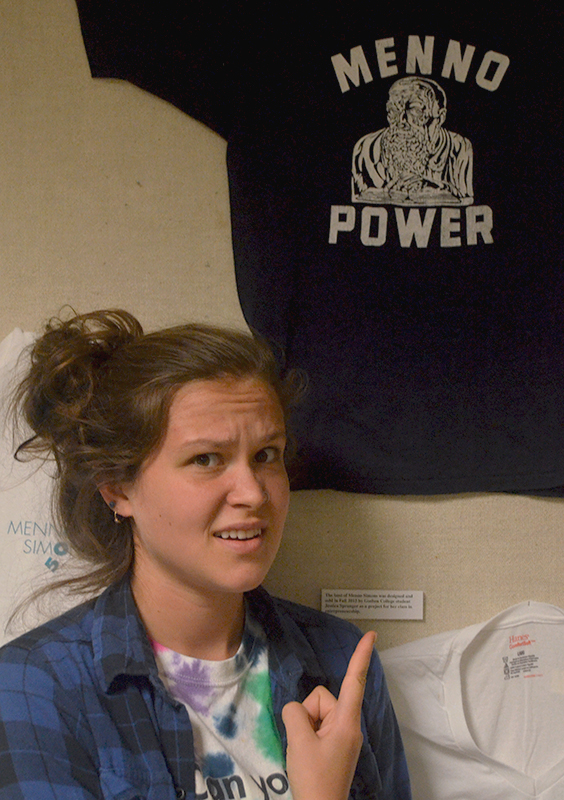In this follow-up article to “Potlucks, Hymn Sings, Dutch Blitz, oh my!” written by Dona Park last week, Sarah Hofkamp, a sophomore Peace, Justice and Conflict and interdisciplinary double major, answered questions about her views on what it means to be a Mennonite.
Dona Park: What image comes to mind when thinking about Mennonite identity?
Sarah Hofkamp: I don’t think I could pinpoint one image, but rather several come to mind. There’s the Mennonites I grew up going to church with–proud, simple, but largely indistinguishable from non-Mennonites in the area. Another image that comes to mind is the congregation with whom I worshipped for almost a year in Asuncion, Paraguay.
This congregation was Latino, charismatic and distinguishable from the rest of the neighborhood by their dedication to their faith. Finally, there is the image of the Chaco Mennonites in Paraguay; they spoke German and Low German, some wore traditional conservative Mennonite dress and they were almost all blonde and blue-eyed.
Each of these Mennonite communities has different traditions, foods, customs and history, yet they all identify within the same faith.
Park: How did you become acquainted with a Mennonite setting?
Hofkamp: I guess I’ve been “Mennonite” my whole life. My parents joined the church in their mid-20s and worked with Mennonite Central Committee for many years. I was consequently born in the Philippines while they were working there. When we moved to Newton, Kan., we joined a Mennonite church and I suppose my formative years of understanding what Mennonite meant were spent within that church.
Park: What makes a Mennonite?
Hofkamp: I really don’t know what makes a Mennonite. I suppose it’s simply the belief held by a person or community. I used to think Mennonites were a peace-oriented people who worked towards social justice and were believers of a Protestant theology, but I’ve begun to think this understanding may be too simplistic and self-serving. I think Mennonites are probably Mennonite because they call themselves Mennonite. I don’t know if there exists a formula.
Park: What are some traditions that you’ve learned to associate with being Mennonite?
Hofkamp: Because I grew up in a Mennonite Church in rural Kan., traditions I associate with being Mennonite include singing hymns in four-part harmony, big potlucks of “Mennonite foods” (such as verenike, bierocks, Bohne Berogi and cherry mousse), as well as cultural traditions like humility, simplicity and working hard.
Park: What are some possible changes that you would like to see in the Mennonite youth, church, etc.?
Hofkamp: I am afraid the Mennonite Church in the U.S. has a superiority complex. I would love to see Mennonites in the U.S. recognize that they are not the “true Mennonites” because they eat the correct foods, sing the correct way and have blonde hair and blue eyes.
I would love for Mennonites to live out the message of inclusion that we love to preach so smugly, and to extend a welcoming and apologetic embrace to the LGBTQ+ community. I would also love for Mennonite church congregations to become truly welcoming to people of different races and ethnicities. Perhaps we could combat the Sunday morning segregation that is pervasive and learn something valuable about love and inclusion.


